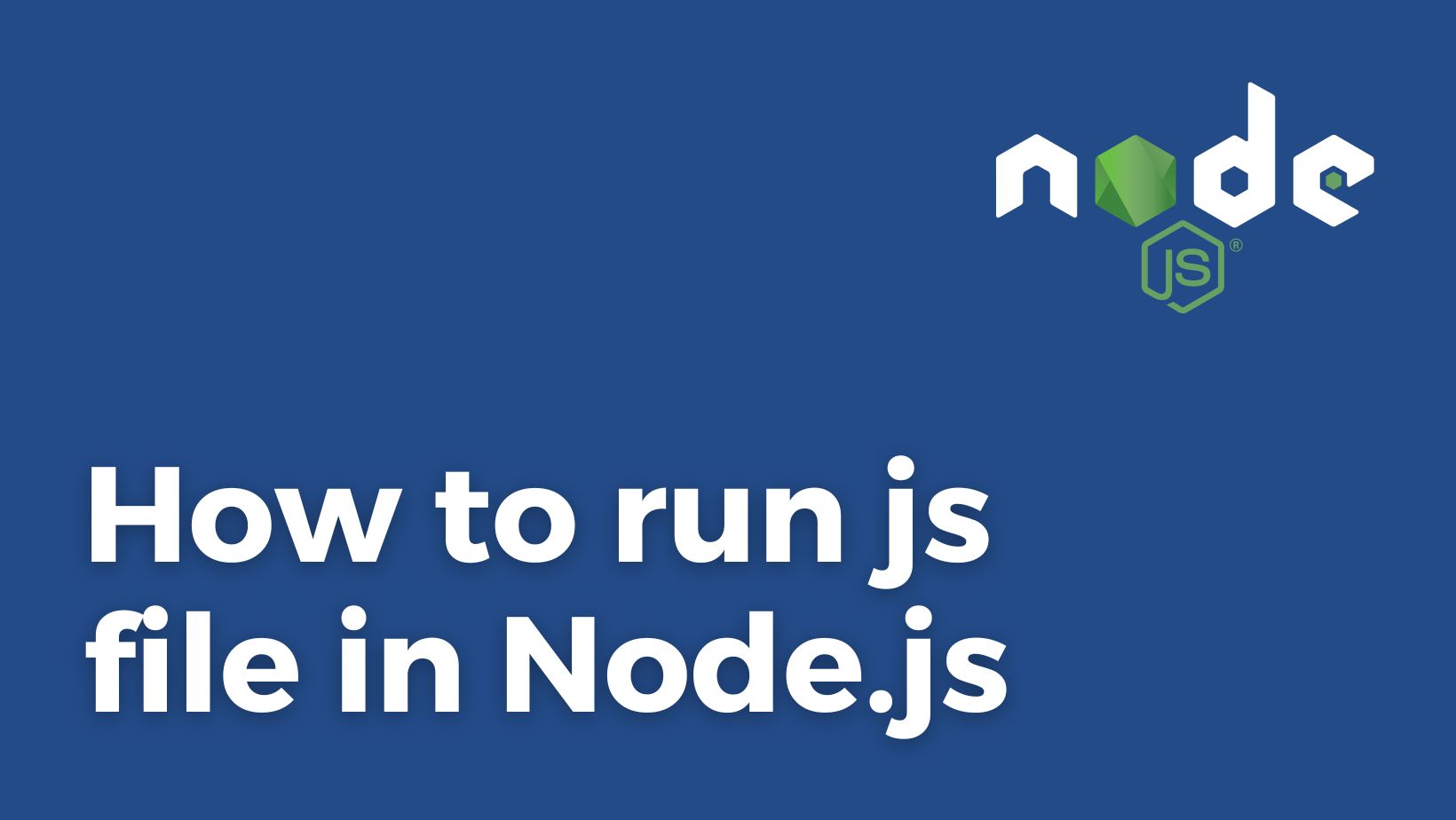
Run js file with Node.js
To run a JavaScript file using Node.js, you need to use the node command followed by the file name. For example, if you have a file named script.js, you can run it using the following command:
node script.js
You can also pass arguments to your script by appending them to the node command after the file name. For example, if your script takes in two arguments, you can run it like this:
node script.js arg1 arg2
Keep in mind that you need to have Node.js installed on your computer to run JavaScript files using the node command. You can check if you have Node.js installed by running the following command:
node -v
If you don't have Node.js installed, you can download and install it from the official Node.js website.
Node: Run js file in experimental mode
To run a JavaScript file using Node.js in experimental mode, you need to use the --experimental-modules flag when running the node command. This flag enables support for the ECMAScript Modules (ESM) proposal, which allows you to use the import and export statements in your code.
For example, if you have a file named script.mjs that uses the import statement, you can run it using the following command:
node --experimental-modules script.mjs
Remember that the --experimental-modules flag is only available in Node.js version 13.2.0 or higher. You can check your Node.js version by running the node -v command.
Additionally, you must ensure that your JavaScript file has the .mjs file extension for Node.js to treat it as an ECMAScript module. This is because the import and export statements are only allowed in files with the .mjs extension when the --experimental-modules flag is used.
For more information on ECMAScript modules and how to use them in Node.js, you can refer to the official Node.js documentation.
What is Node.js
Node.js is an open-source, cross-platform runtime environment that allows developers to create server-side and networking applications using JavaScript. It is built on top of the Google Chrome V8 JavaScript engine, allowing developers to create scalable and high-performance applications using a non-blocking, event-driven I/O model.
Ryan Dahl created Node.js in 2009, and it has since become one of the most popular server-side JavaScript environments. Many companies and organizations use it, including Microsoft, Netflix, PayPal, Uber, and eBay.
One of the main advantages of using Node.js is that it allows developers to use JavaScript on the server side, which makes it possible to share code between the server and the client. This allows for more efficient and organized development, as well as easier maintenance of applications.
Node.js also has a large and active community, contributing many modules and packages that can be easily installed and used in Node.js applications. This makes it easy for developers to extend their applications' functionality and leverage others' work in the community.
Overall, Node.js is a powerful and popular runtime environment for developing server-side and networking applications. It allows developers to use JavaScript on the server side and take advantage of its many modules and packages to build efficient and scalable applications.
